 Living with gods
Living with gods
peoples, places
and worlds beyond
British Museum
Beliefs in spiritual beings and worlds beyond nature are characteristic of all human societies. By looking at how people believe through everyday objects of faith, this exhibition provides a perspective on what makes believing a part of human behaviour.
 Seeing how people believe, rather than considering what they believe, suggests that humans might be naturally inclined to believe in transcendent worlds and beings. Stories, objects, images, prayers, meditation and rituals can provide ways for people to cope with anxieties about the world, and help form strong social bonds. This in turn helps to make our lives well-ordered and understandable.
Seeing how people believe, rather than considering what they believe, suggests that humans might be naturally inclined to believe in transcendent worlds and beings. Stories, objects, images, prayers, meditation and rituals can provide ways for people to cope with anxieties about the world, and help form strong social bonds. This in turn helps to make our lives well-ordered and understandable.
The exhibition includes objects of belief from societies around the world and through time. It begins with a remarkable 40,000-year-old mammoth ivory sculpture known as the Lion Man. Depicting a lion’s upper body on the lower half of a man; it is the oldest known image of a being that does not exist in nature. It is the earliest evidence we have of beliefs and practices, and shows humans’ unique ability to communicate what’s in our minds through objects.
 Encompassing almost all current world religious and posing as many questions as it answers this exhibition is interesting and likable although never feels startling or inspired wonder. Different parts of the exhibition look at objects that connect to an ethereal place or things like fire, water or light that have a role in beliefs
Encompassing almost all current world religious and posing as many questions as it answers this exhibition is interesting and likable although never feels startling or inspired wonder. Different parts of the exhibition look at objects that connect to an ethereal place or things like fire, water or light that have a role in beliefs
As always with these exhibitions it’s a mixed bag and with such a thrilling collection to draw on the British Museum always hits the target, there is very little fat here and the object are displayed with an elegant simplicity, very little explanation, some ( very subtle) ingenious lighting and no digital interactivity, which was refreshing. It’s all white soothing billowing linen and ethereal musical noises like a Harry Potter heaven.
 There’s been a run along BBC radio show about some of the objects on show but I was transfixed by some Japanese Ōnusa – Ritual Purification Wands, a hollowed log for the bones of the Yolngu people of Arnhem Land, Australia which I’d heard described but which shone with a luminous creativity when I saw it and a fun, jolly portrait of a cosmonaut saying ‘there is no god’ superimposed with some Russian Icons. My favourite piece was woven a Tibetan Buddhist Thangka depicting the wheel of life, rich in detail and engaging my thoughts on many levels. Its teachings picked out in alarming and soothing images meant to inspire and communicate.
There’s been a run along BBC radio show about some of the objects on show but I was transfixed by some Japanese Ōnusa – Ritual Purification Wands, a hollowed log for the bones of the Yolngu people of Arnhem Land, Australia which I’d heard described but which shone with a luminous creativity when I saw it and a fun, jolly portrait of a cosmonaut saying ‘there is no god’ superimposed with some Russian Icons. My favourite piece was woven a Tibetan Buddhist Thangka depicting the wheel of life, rich in detail and engaging my thoughts on many levels. Its teachings picked out in alarming and soothing images meant to inspire and communicate.
The exhibition has sacred and secular object that inspire or have inspired belief on show, some are simple some delightfully sophisticated, some ancient others brand new and created for the exhibition but they all hold the attention. We went along on Saturday lunchtime and it was easy to enjoy the objects without feeling too crowded out, always a pleasure.
 There was a Miao coat, from South West China, called the ‘Hundred Bird Coat’ heavy with symbolism and a rather fetching picture of a bird embroidered into it. The symbols surrounding it were Sauwastika, the widdershins version of the more contentious (at least to a European audience) of the Swastika. It is a superb piece of embroidery. In the shop the image is reproduced on tote bag, tea towel, key ring etc. The usual rather tasteful items that one can buy in the rather erudite museum shop, but the Sauwastika have been replaced, by a rather sweet Greek meandros – exactly the same size and colour.
There was a Miao coat, from South West China, called the ‘Hundred Bird Coat’ heavy with symbolism and a rather fetching picture of a bird embroidered into it. The symbols surrounding it were Sauwastika, the widdershins version of the more contentious (at least to a European audience) of the Swastika. It is a superb piece of embroidery. In the shop the image is reproduced on tote bag, tea towel, key ring etc. The usual rather tasteful items that one can buy in the rather erudite museum shop, but the Sauwastika have been replaced, by a rather sweet Greek meandros – exactly the same size and colour.
I asked the shop crew about this, they said it ‘was inspired by’ and not censored, but I left perturbed about why the image has been changed in the first place, why not just take the bird out of the image. If one of our premier cultural institutions doesn’t feel able to hold a conversation about image, icon and symbolism – and how they have been used or misused historically- then where are we to have those conversations and who will arms us and inform us in the necessary counter narratives to groups less sensitive to criticism and keener to twist our understanding of the past.
It would have been easy for the museum to choose some other of the wonderful objects to use on tote or tea-towel but I left wondering not about the ability to believe, but about censorship, commercial interest and the subtle changing of image to suit. A belief system is defined by the behavior that flows from it, perhaps this was the point, to think about the objects, how and where they were made but not the why – which seemed to completely pass me by.
Until 8th April
Ticketed
For more information see the British Museum website here
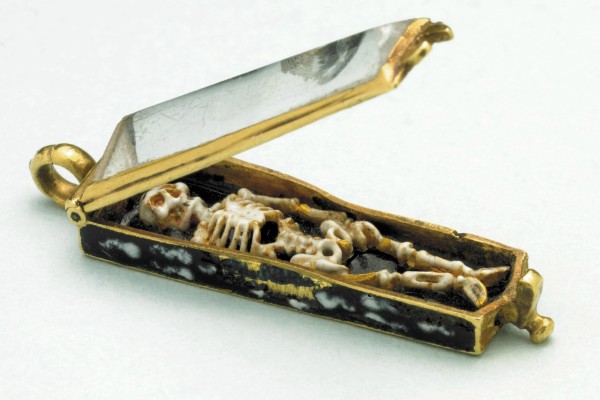



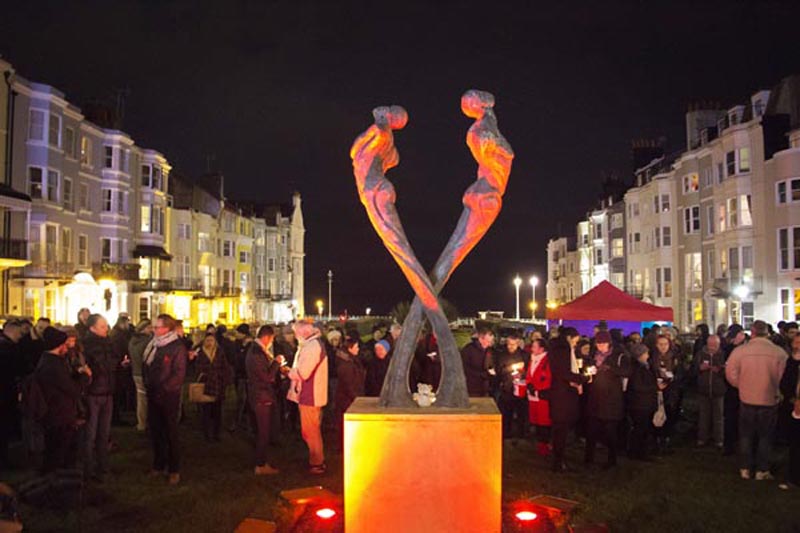



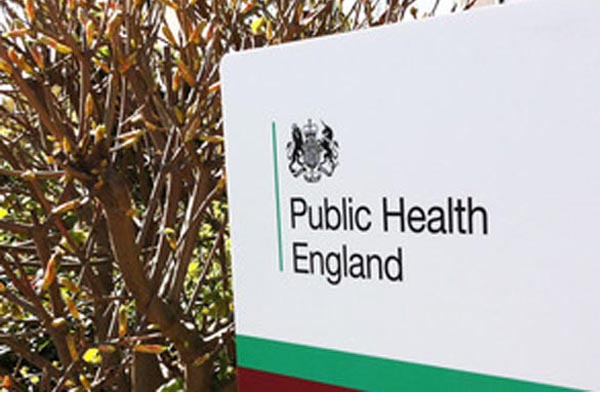












 A review of UK media coverage of HIV revealed that myths and stigma, reminiscent of the ignorance of the 80s, are still rife in the press.
A review of UK media coverage of HIV revealed that myths and stigma, reminiscent of the ignorance of the 80s, are still rife in the press.
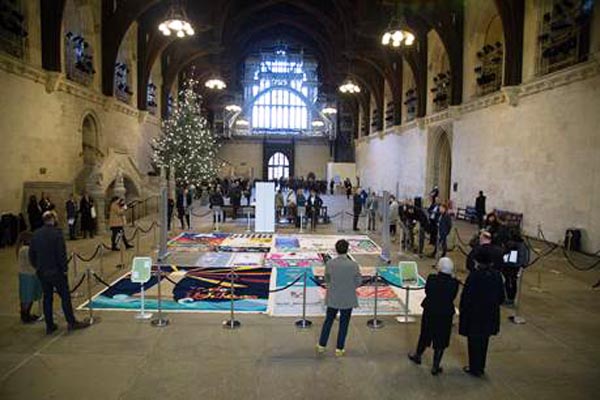




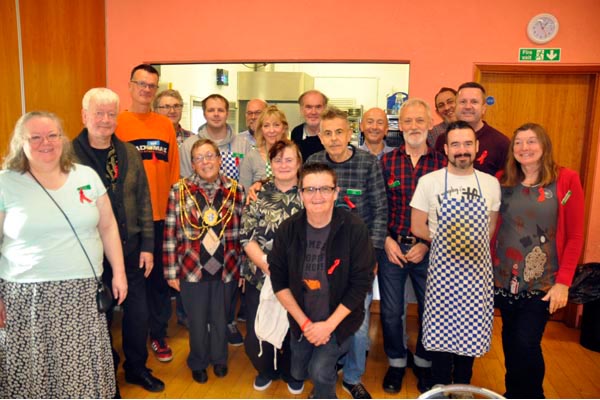






You must be logged in to post a comment.